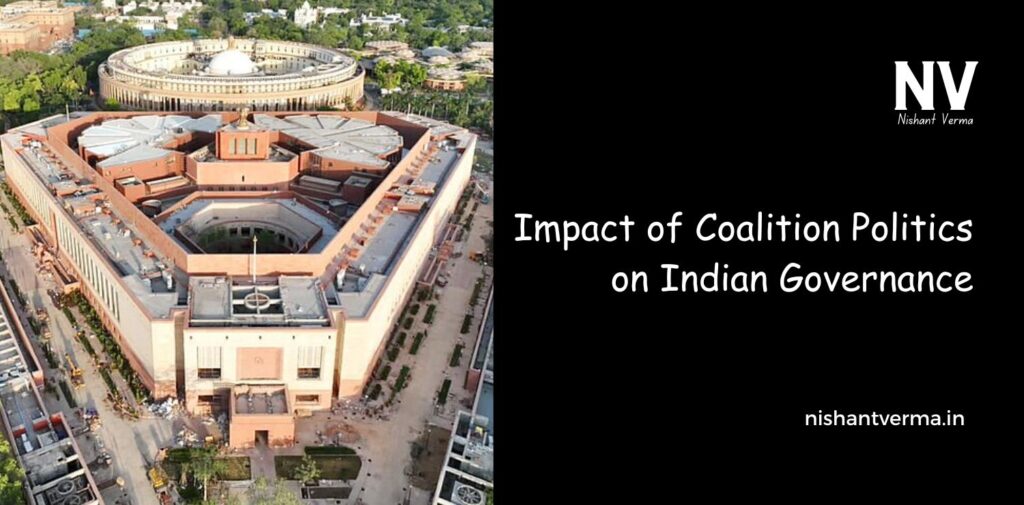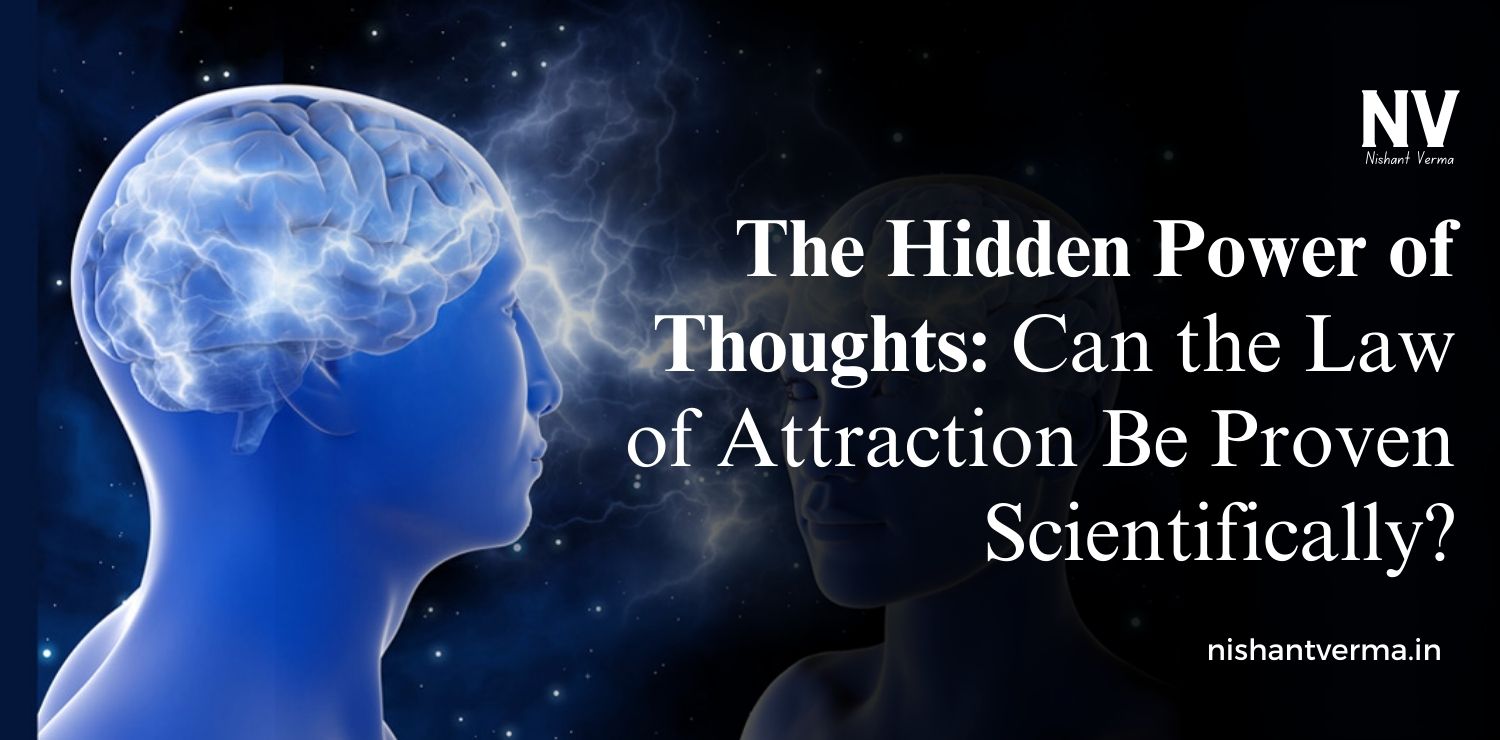India is the largest democracy in the world, with over 1.3 billion people. Since its independence in 1947, India has seen many changes in its political landscape. One of the biggest changes in recent times has been the rise of coalition politics. In simple words, coalition politics means that different political parties join together to form a government instead of one party ruling alone. This article will help you understand how coalition politics has impacted Indian governance and how it affects the lives of the common people.
What is Coalition Politics?
Coalition politics happen when more than one political party comes together to form a government. In India, no single party has been able to win a clear majority in the national elections in recent decades, so political parties join hands to form a coalition government. For example, if Party A has 200 seats, Party B has 50 seats, and Party C has 30 seats in the Indian Parliament, together they can form the government by joining their forces.
Coalition politics are common in many countries, especially in countries with diverse populations and multiple political parties. India is a very diverse country with people of different religions, languages, and cultures, which makes coalition politics even more important.
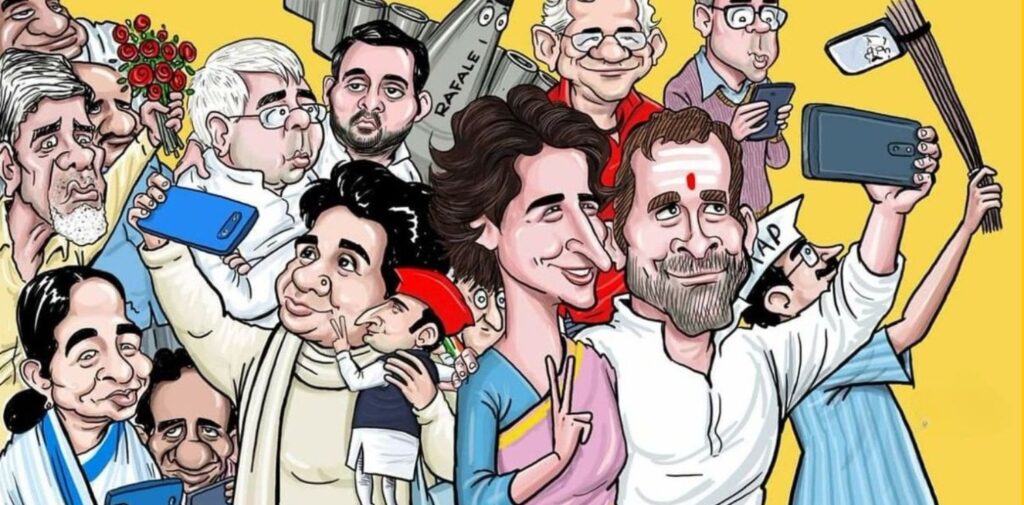
The Rise of Coalition Politics in India
In the earlier years after independence, India saw a single party, the Indian National Congress (INC), leading the government. However, as time went by, more parties started gaining popularity. By the 1990s, it became difficult for one party to get enough votes to rule alone. This led to the rise of coalition governments.
The 1989 general elections were a turning point for India, as the Congress party lost its dominant position. Several regional and smaller parties came together to form a government. Since then, coalition politics became more common in Indian politics.
Advantages of Coalition Politics
- Reflects Diversity: India is a country with many different communities, cultures, and languages. Coalition governments allow these diverse groups to have a voice in the decision-making process. When different parties from various regions and communities come together, it makes the government more inclusive and representative of the people.
- Promotes Cooperation: In coalition governments, parties from different backgrounds must cooperate with each other. This leads to healthy debates and discussions, which can result in better policies. Parties that might have had opposing views in the past may come to agree on important national issues when they work together.
- Strengthens Regional Representation: In India, regional parties represent the interests of specific states or regions. Coalition politics allow these regional parties to play a role in national governance. This helps ensure that the needs of all parts of the country, not just the big cities, are considered in government decisions.
- Checks and Balances: In a coalition government, no single party has complete control. This creates a system of checks and balances, where the actions of one party can be challenged by others. This helps in preventing any one party from becoming too powerful and making unfair decisions.
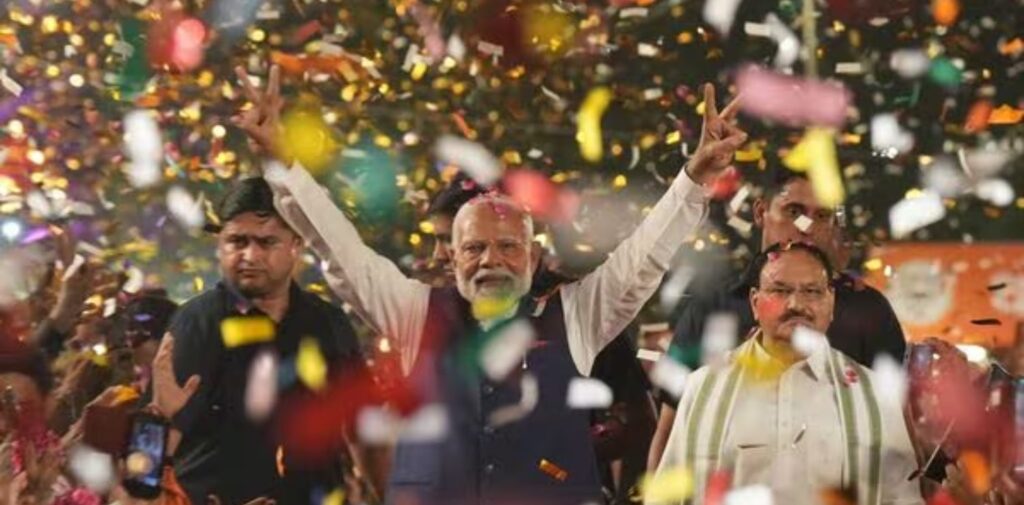
Challenges of Coalition Politics
While coalition politics has many advantages, it also comes with several challenges. Let’s take a look at some of the problems that can arise:
- Unstable Governments: One of the biggest problems with coalition politics is that it can lead to unstable governments. When different parties with different goals and ideas come together, it becomes difficult to maintain unity. If one party withdraws support, the entire government can collapse. This can lead to frequent elections and political uncertainty.
- Compromise on Policies: In a coalition government, parties often need to make compromises to keep the alliance together. This means that sometimes important policies may be watered down or changed to satisfy the demands of all parties in the coalition. As a result, the government may not be able to push forward its most important agenda.
- Corruption and Scandals: In the scramble to hold onto power, some parties in a coalition may make deals with corrupt or controversial leaders. This can lead to scandals and accusations of corruption, which harms the image of the government and reduces people’s trust in the system.
- Ineffective Governance: Coalition governments can be slow to make decisions because every party wants to protect its own interests. This can lead to delays in passing important laws, implementing policies, or tackling urgent issues. In the end, the people suffer as progress is delayed.
Famous Examples of Coalition Governments in India
- The National Front (1989-1991): In 1989, India saw its first coalition government with the formation of the National Front. This coalition was made up of several regional parties and smaller national parties. V.P. Singh became the Prime Minister, and the government lasted until 1991. It was a major shift in Indian politics, showing that coalitions could succeed at the national level.
- The United Front Government (1996-1998): In 1996, the United Front, a coalition of 13 parties, came to power with H.D. Deve Gowda as the Prime Minister. The United Front government faced many challenges due to the differences between its parties. Despite this, it remained in power for two years, proving that coalition governments could still function in India, even though they were unstable.
- The United Progressive Alliance (UPA) (2004-2014): One of the most successful coalitions in India’s history was the United Progressive Alliance (UPA), led by the Indian National Congress. The UPA government was in power from 2004 to 2014 under Prime Minister Manmohan Singh. This coalition managed to push forward many economic reforms and development initiatives, but it also faced criticism over issues like corruption and slow decision-making.
- The National Democratic Alliance (NDA): The National Democratic Alliance (NDA), led by the Bharatiya Janata Party (BJP), has been another successful coalition in India. The NDA formed the government in 1998, 1999, and again in 2014. It has been a major player in shaping India’s politics, although it has faced challenges when managing various regional partners.
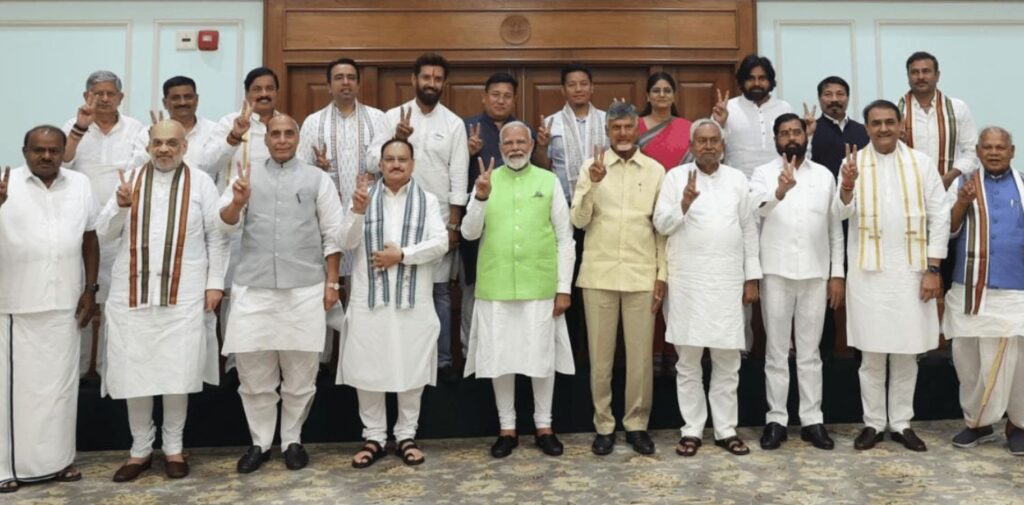
The Future of Coalition Politics in India
Coalition politics are likely to remain an important part of Indian politics for the foreseeable future. India’s diverse population and the rise of regional parties make it difficult for any one party to dominate the political scene. Coalition governments will continue to play a role in shaping the country’s future.
However, the challenges of coalition politics, like instability and compromises, must be addressed. Political parties need to learn how to work together effectively and put the country’s interests above party interests. The role of voters is also crucial in choosing the right leaders who can handle the responsibilities of coalition governance.
Conclusion
In conclusion, coalition politics have had a significant impact on Indian governance. While they have brought advantages like inclusivity and regional representation, they have also introduced challenges like instability and slow decision-making. As India continues to evolve, coalition politics will play an important role in shaping the nation’s future.
The success of coalition governments depends on the ability of different parties to cooperate and put the nation’s needs above individual party interests. For the people of India, it is important to understand how coalition politics work and how they affect the way the country is governed. Only then can we make informed choices and contribute to the future of our democracy.

